Experiencing the dreaded retinol purge? Here's how to get over it, quickly
Skin experts weigh in on reducing side effects
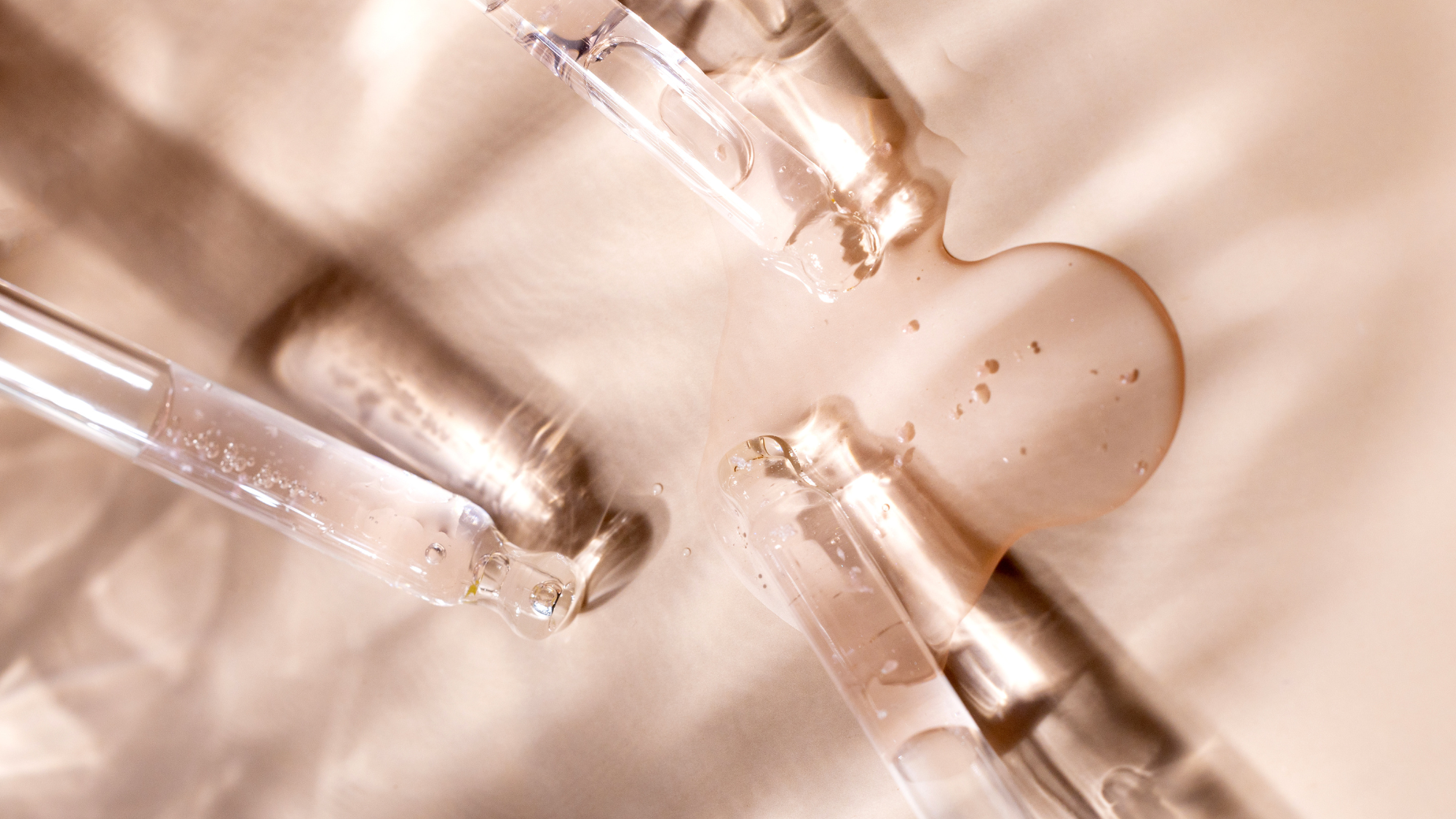
Retinol is a must-have skincare ingredient for many of us. The staple of a strong, efficacious skincare routine, retinol can help with everything from fine lines and wrinkles to acne.
However, it's well known that retinol serum or cream is not the easiest thing to introduce to your regimen, largely because it's not always tolerated right away by skin. While there are certain rules you can abide by that'll ensure the path of least resistance is followed (we're talking using only at night, wearing lots of SPF the following day and introducing it slowly to start with), new users of retinol can experience side effects.
These side effects, which include dry skin and irritation, have earned themselves the nickname, "retinol purge".
What exactly does that mean? And how can we make it go away, ASAP? Dermatologists and skin experts are here on hand to answer these questions and more.
What is the retinol purge and what are the main symptoms?
Let's start with the basics; what exactly is this scary-sounding condition, and what causes it?
"Retinol purging is a phenomenon that occurs in some people when they start using retinoid products," begins Dr Emmaline Ashley, Cosmetic Physician and Academic Lead at Acquisition Aesthetics. This usually manifests through side effects such as acne, dryness or irritation.
"One of the ways that retinoids work is by increasing the skin cell turnover. If you are acne prone, or you have any micro-comedones that are brewing underneath the surface of the skin, using a retinoid will bring all of these out," explains Dr Emmaline.
Marie Claire Newsletter
Celebrity news, beauty, fashion advice, and fascinating features, delivered straight to your inbox!
Dr Catriona Maybury, Consultant Dermatologist and Dermatica Medical Director, says you may also experience "flaky, peeling skin, irritation and dry patches." This is usually as the skin learns how to tolerate such a potent active.
"Skin purging happens to approximately one in five people," adds Dr Catriona, before reminding retinol users: "It is important to remember that whether you experience side effects or not, this doesn’t indicate whether or not the product is working."
How long does a retinol purge tend to last?
Dr Emmaline explains that this really does depend on the individual, but can be up to around four weeks.
"Please hold tight, though," assures Dr Catriona. "They do tend to settle within one to two weeks – and the clearer, healthier-looking skin you’ll see once they’re all gone will be worth the wait."
Although these side effects can be frustrating, it is usually worth pushing through to get to the other side. But when do you know that it's time to give up, or that a product is doing more harm than good?
Dr Catriona says you should be diligent with checking your skin regularly, and look out for several things. "If your skin constantly burns, peels, becomes extremely sensitive to touch, or it’s excessively dry and uncomfortable for weeks, you may want to stop using it or take a break until your skin returns to normal. Reintroduce the product slowly at first, by applying it one to two times a week or applying it for a few hours before washing it off to reduce how long it's in contact with your skin."
If you experience new or worsening discolouration (such as hyperpigmentation or melasma), she says you should consult your dermatologist or prescriber, as it may mean your formula is too harsh for you. "It’s really important to discuss any severe side effects with your dermatologist, prescriber or GP to make sure you’re getting the best advice for your individual needs," she concludes.
How can you ease the side effects?
Luckily, there are a number of ways to approach the dreaded purge that'll soothe skin and speed up the unwanted side effects.
As mentioned above, it may be worth stepping back from your retinol a little, before slowly re-introducing it into your routine. But you may also benefit from tweaking your regimen in other ways, and adding in certain additional products to tend to flaking or dryness. Dr Catriona recommends taking the following precautions:
- After cleansing, apply a small amount of moisturiser to your face first, before the retinoid formula or skincare product. This 'buffer layer' won’t hamper your progress, and can help provide some extra nourishment to your skin barrier.
- Use a layer of moisturiser or ceramide-rich balm around sensitive areas like your eyes and mouth. It acts as a barrier to prevent side effects from retinoids.
- Choose skincare that’s backed by dermatologists and is non-comedogenic. These products won’t contain fragrances, harsh ingredients or soaps that might clog your pores or irritate your skin barrier. This is especially important if you’re treating acne.
- Remove any exfoliants like AHAs or BHAs from your routine until your skin has fully adjusted to the retinoid product you’re using. Avoid physical scrubs (with a sandy texture) completely as these can damage your skin barrier.
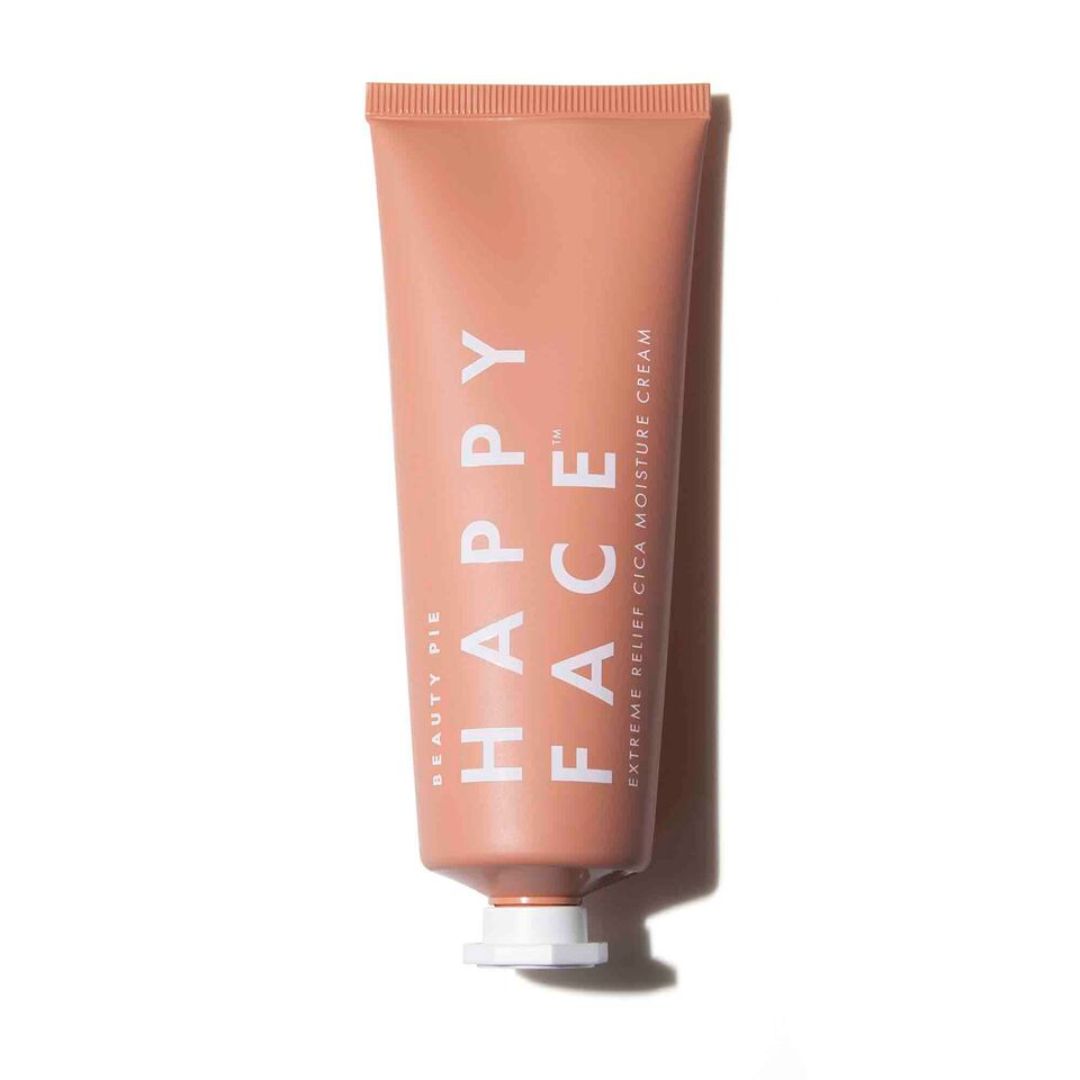
A soothing cream that works wonders on irritated skin for under £20.
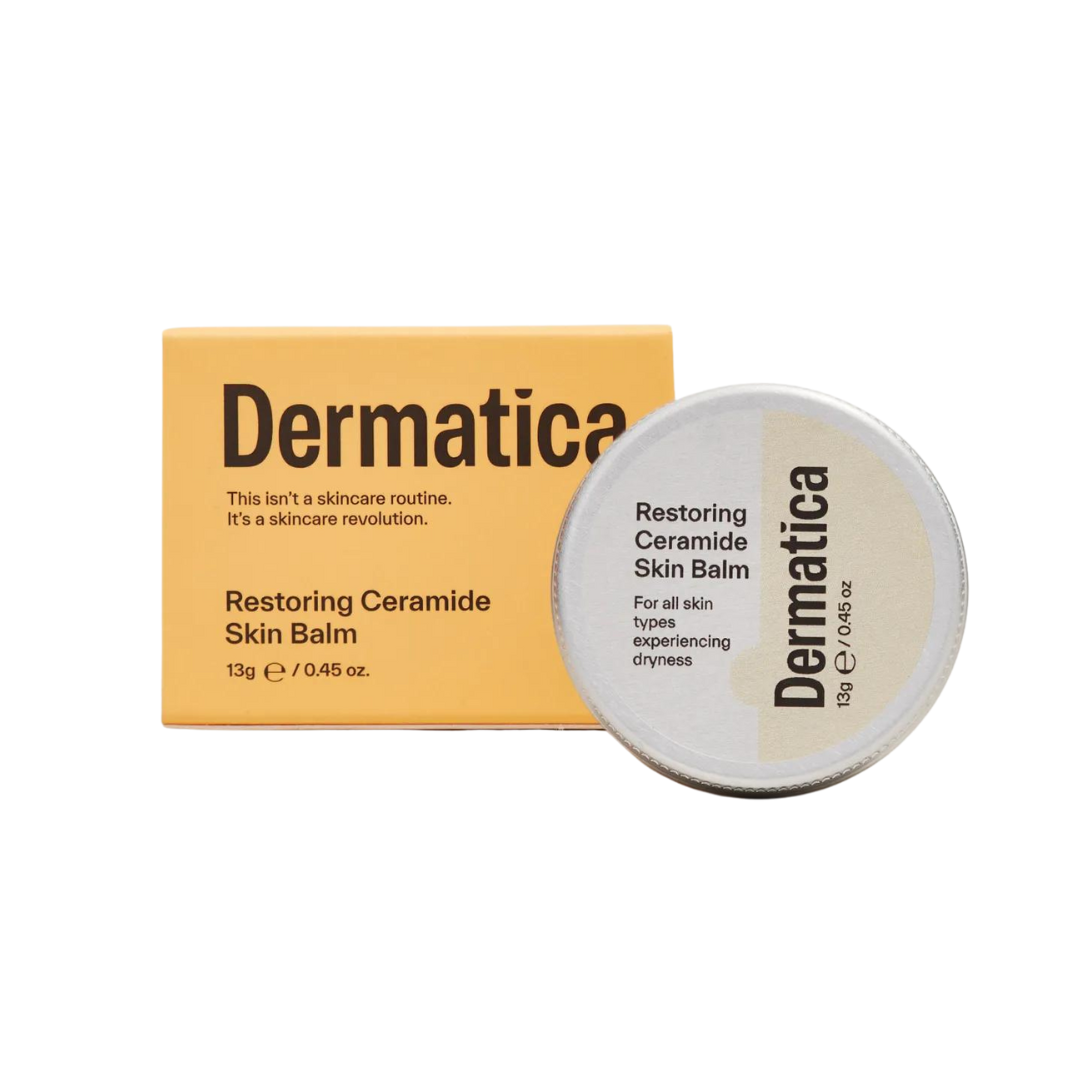
Keep this in your handbag and apply to dry, flaky patches throughout the day. Like a lip balm for your face.
Essentially, it's important to maintain your moisture barrier during this process, so be kind to your skin. You may also benefit from introducing a skin-friendly supplement into your diet for the time being. "To support skin turnover, try an all-rounder skin support like ARTAH Skin Clinic which has Zinc, Vitamin A, Selenium, Biotin, and skin specific factors like Lycopene and Hyaluronic Acid," says Nutritionist and Naturopath Rhian Stephenson, who founded ARTAH.
Taking an inside-out approach can help ease symptoms in general, she says: "The less irritation from your diet, the better. Avoid inflammatory foods like alcohol, fried takeaways, ultra processed foods and excess sugar. Focus instead on good quality protein, fatty fish, avocado, nuts and seeds, tons of colourful fruit and vegetables, and of course, good hydration."
"Best thing to do is trust the process, and persist with your products as long as they are not causing any new skin irritation," concludes Dr Emmaline.
Rebecca is a freelance beauty journalist and contributor to Marie Claire. She has written for titles including Refinery29, The Independent, Grazia, Coveteur, Dazed, Stylist, and Glamour. She is also a brand consultant and has worked with the likes of The Inkey List on campaign messaging and branded copy. She’s obsessed with skincare, nail art and fragrance, and outside of beauty, Rebecca likes to travel, watch true crime docs, pet sausage dogs and drink coffee. Rebecca is also passionate about American politics and mental health awareness.
-
 How the slogan t-shirt became this season's must-have - and why it's more than just another trend
How the slogan t-shirt became this season's must-have - and why it's more than just another trendNot just another Nineties throwback
By Clementina Jackson
-
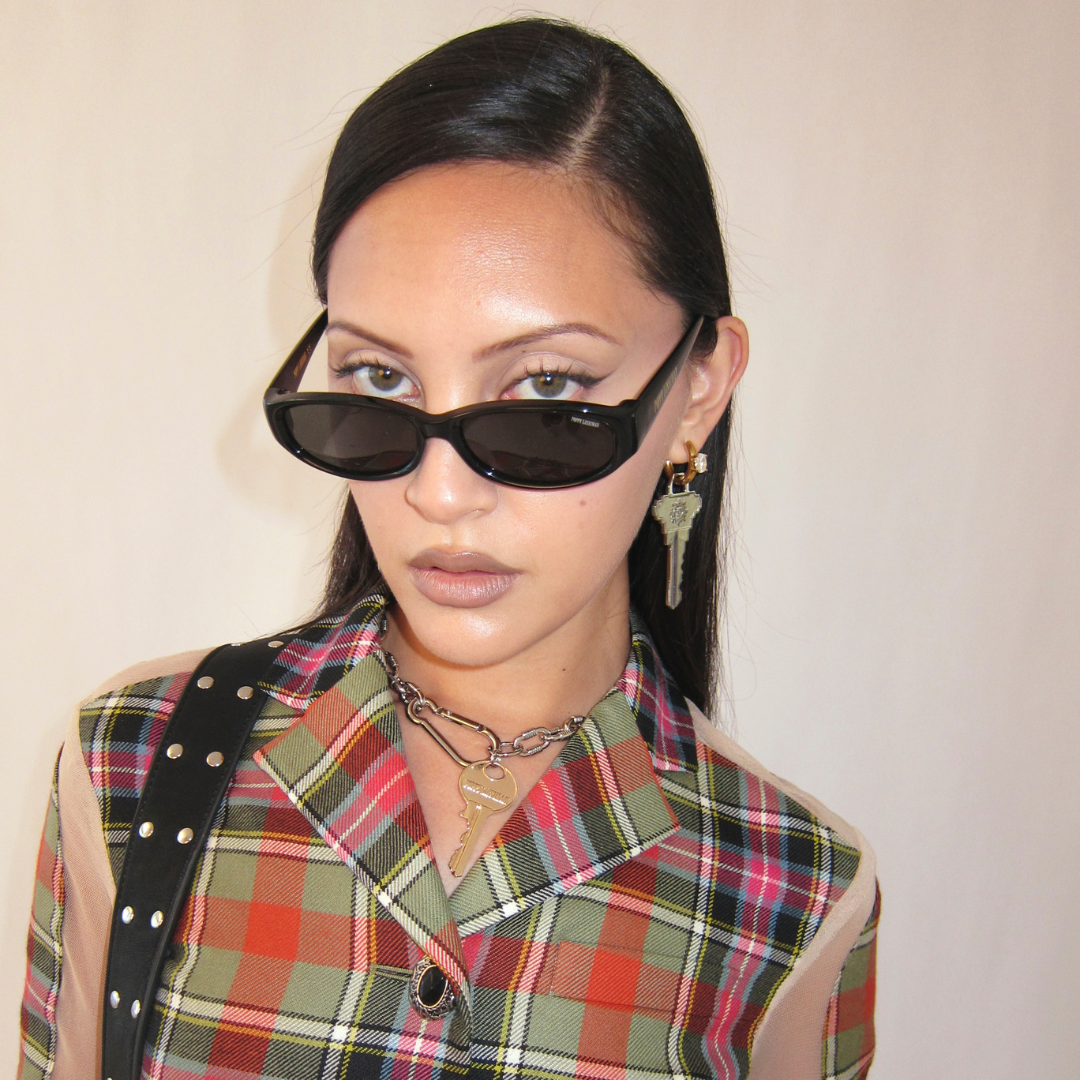 How are Trump’s tariffs affecting the fashion industry?
How are Trump’s tariffs affecting the fashion industry?The fluctuating situation in the US is having very real consequences
By Rebecca Jane Hill
-
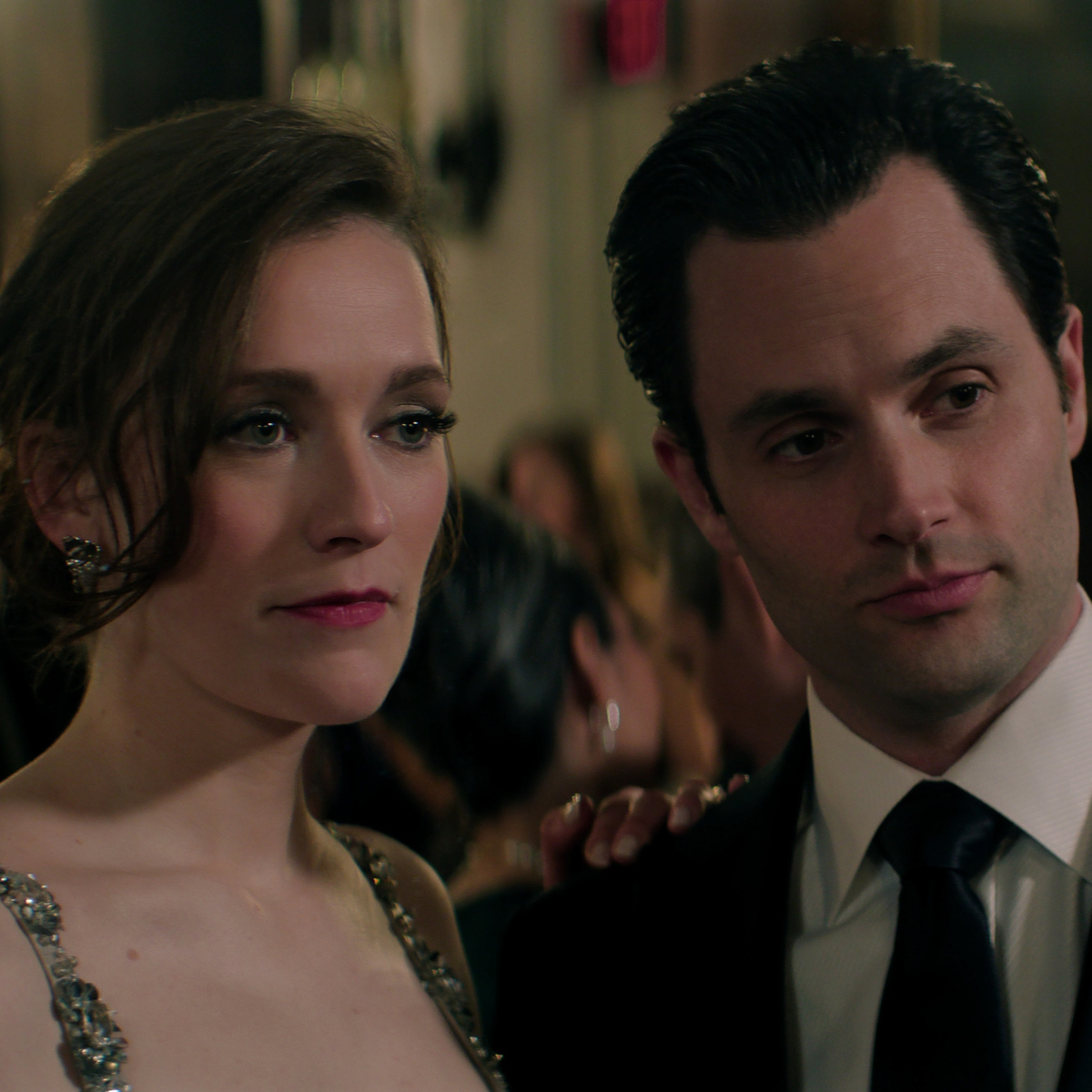 Here's every character returning for You season 5 - and what it might mean for Joe Goldberg's ending
Here's every character returning for You season 5 - and what it might mean for Joe Goldberg's endingBy Iris Goldsztajn

